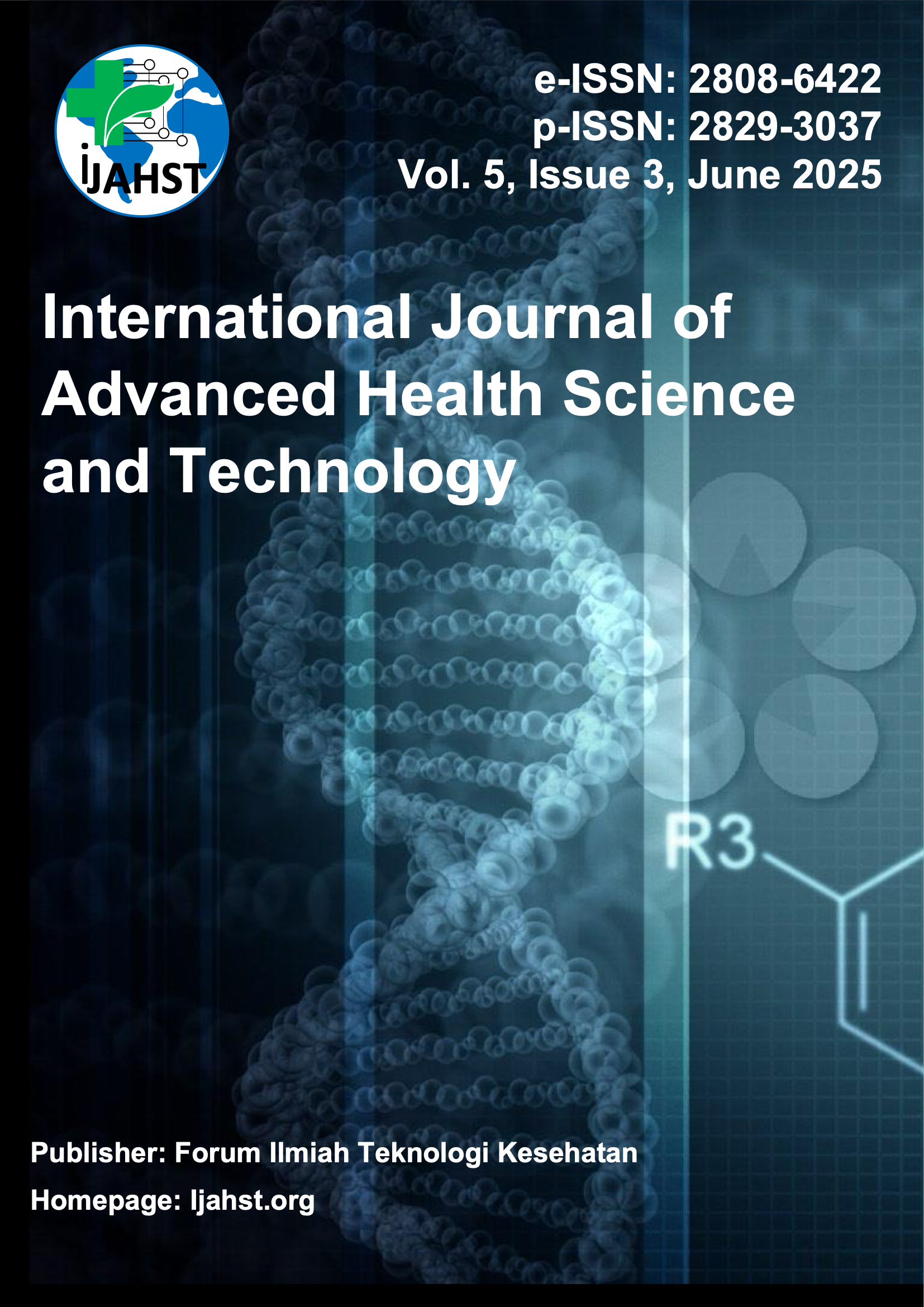An Analysis of the Effectiveness of Abdominal Stretching and Effleurage Massage in Alleviating Dysmenorrhea Among Female Adolescents at Muhammadiyah 10 Senior High School Surabaya
Abstract
Dysmenorrhea is a common menstrual pain complaint experienced by adolescent girls and can interfere with learning activities and overall quality of life. The management of dysmenorrhea encompasses not only pharmacological interventions but also non-pharmacological strategies, which are regarded as safer alternatives with minimal adverse effects. Among such approaches, physical therapy including abdominal stretching and effleurage massage has garnered attention. This study aims to evaluate the efficacy of abdominal stretching and effleurage massage in alleviating dysmenorrhea among adolescent girls. The research design employed was a pre-experimental method utilizing a two-group pretest-posttest framework, consisting of two intervention groups without a control group. A total of 32 female students from Muhammadiyah 10 Senior High School Surabaya who experienced dysmenorrhea were selected using purposive sampling. The results showed a significant decrease in pain scale before and after the intervention in both groups. The group receiving effleurage massage showed a faster reduction in pain intensity compared to the abdominal stretching group. The average pain scale after treatment decreased significantly in both groups. Respondents reported feelings of relaxation and comfort after the intervention. No side effects were found during or after the therapy. Effleurage massage yielded more effective results in a shorter time. In conclusion, abdominal stretching and effleurage massage are effective in reducing dysmenorrhea in adolescent girls. These therapies can serve as safe and practical non-pharmacological treatment alternatives. This study is expected to be a reference for healthcare professionals and educators in providing education and holistic management of menstrual pain in adolescents.
Full text article
Authors
Copyright (c) 2025 Rifania Fathmala

This work is licensed under a Creative Commons Attribution-ShareAlike 4.0 International License.
Authors who publish with this journal agree to the following terms:
- Authors retain copyright and grant the journal right of first publication with the work simultaneously licensed under a Creative Commons Attribution-ShareAlikel 4.0 International (CC BY-SA 4.0) that allows others to share the work with an acknowledgement of the work's authorship and initial publication in this journal.
- Authors are able to enter into separate, additional contractual arrangements for the non-exclusive distribution of the journal's published version of the work (e.g., post it to an institutional repository or publish it in a book), with an acknowledgement of its initial publication in this journal.
- Authors are permitted and encouraged to post their work online (e.g., in institutional repositories or on their website) prior to and during the submission process, as it can lead to productive exchanges, as well as earlier and greater citation of published work (See The Effect of Open Access).

